
Guinea worm diseases (dranculiasis) is a parasitic infection that generally affects people in Africa. It is caused by the parasite Dracunculus medinensis, a roundworm parasite found in standing water. People contract the parasite when they drink water contaminated with a tiny water flea infected with the larvae of the parasite.
Once the parasite is contracted it eventually matures inside the person's body. Adult parasites can reach 3 feet in length. The female worm leaves the body of the infected individual after approximately a year by creating painful blisters on the skin, which it penetrates.
How is the Parasite Contracted?
The infection develops after drinking water contaminated with parasitic larvae. These are present inside the water fleas. Once the larva gets inside the human gastrointestinal tract, it matures. Females worms can growth to a significant size (3 feet). After around a year the worm leaves the body by penetrating the skin and forming rather painful skin lesions. Such individuals may easily contaminate the water by emerging the painful extremities into it. This stimulates the adult worm to release many larvae and the life cycle of the parasite continues.
It is estimated that Guinea worm disease affected around 3.5 million people in around 20 countries in Africa in 1986. From that year, thanks to many preventive measures, the infection has been significantly reduced by approximately 99%.
Guinea Worm Disease Treatment and Prevention
Unfortunately, there is no cure when the parasite is contracted. Similarly, there is no drug that can prevent the infection.
The parasite is traditionally removed by winding the worm up around a small stick and its manual extraction. This is a rather painful and unpleasant procedure that may linger or a week. The ruptured skin containing the emerging worm is prone to secondary bacterial infection. The worms can be also surgically removed. This way of dealing with the parasite prevents skin swelling and all the additional problems. The very swelling as well as potential secondary bacterial infections can be prevented with antihistamines and antibiotics.
The only way to prevent the disease is not to consume water contaminated with parasitic larvae. Households who are simply forced to use the water available which is most likely to be contaminated with water fleas are due to use cloth filter and sieve the fleas. The best way to prevent disease is achieved when people get completely familiar with the way of disease transmission, sources of the parasites and the way to avoid them. For this reason, people in whom the disease has been diagnosed or confirmed are supposed to stay away from any source of water. This measure prevents further water contamination.


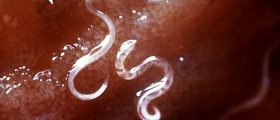
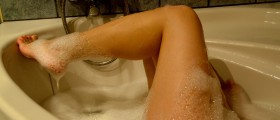
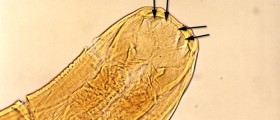
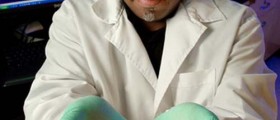


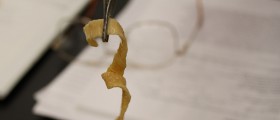
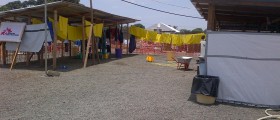



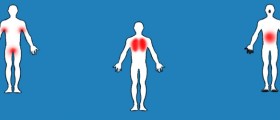
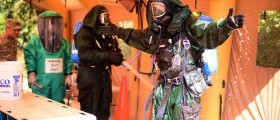

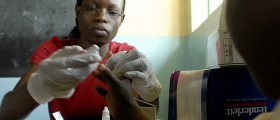
Your thoughts on this
Loading...